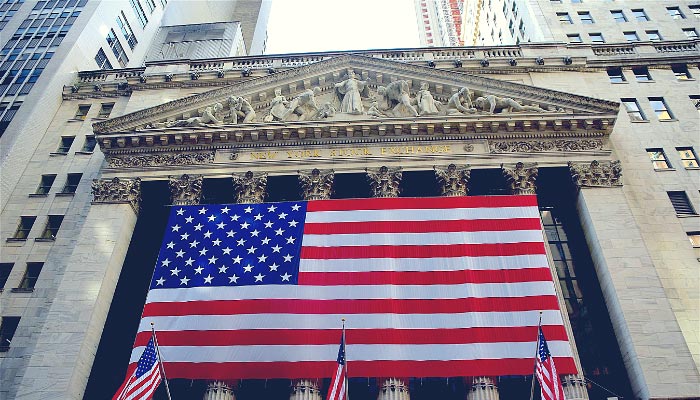
With US Large Cap Growth stocks turning in a stellar (and unsustainable) performance of 27% for 2017 and an above average annual return of 16% over the past five years, a market correction (defined as a decline of 10%) was expected. In fact, it has been long overdue. Market corrections are normal events. The last market correction of over 10% happened during the Great Recession that was nearly 10 years ago. The time gap between corrections may make the current dramatic declines feel even more unsettling.
Market Corrections
The VIX held steady at 10 for most of the past year spiked to 50 on February 5th. To understand what the VIX is and how it can be used, please read my article. The VIX – A Fear Index.
Like ocean waves, market corrections tend to build up and crest before giving way to an inevitable crash. However, this event makes way for the next building swell. A natural rhythm and cycle. Unfortunately, unlike ocean waves, we cannot predict the size and duration of market corrections. They tend to last a few weeks to a few months. Due to the increasing speed of communication and technology (such as programmed trading), today’s market correction may be steep and sharp, but will still be followed by a recovery, as history has shown.
To understand programmed trading aka High-Frequency Trading, please read my article called HFT: Efficient markets or unfair playing field?
Equally dramatic as the 4.1% decline in the S&P 500 on February 5th was the recent rapid rise in the 10 year US Treasury Bonds interest from about 2.5% to 2.8%. This may have been triggered by a jobs report showing a strong increase in wages. While wage inflation is good for workers, it is not good for the stock market. As inflation gathers momentum, the Federal Reserve Bank will likely raise interest rates, putting further brakes on the market.
Despite this, the domestic and global growth still is positive and has been consistent. US Gross Domestic Product (GDP) was approximately a respectable 3.2% for 2017. Conventional economic thought is that if this level of growth were to continue, there is only a remote possibility of a recession (negative growth) in 2019.
Market Volatility
Another possible cause of the current market volatility is political risk. President Trump has taken a lot of the credit for the markets superior performance. Could he be the source of the current market decline? Personally, I don’t think so. I believe that policy, not personality has the greatest effect on the economy and markets. While President Trump may deserve some credit for the market performance, I do not believe that his actions are a major contributor to the current market volatility.
Why do I say this? I recently attended a financial conference where political scientist Ian Brenner of the Eurasia Group was a keynote speaker. He described three crucial political factors that may affect national or global investment markets stemming from the actions of a country’s leader. I have phrased these into the following questions: Is there an inclination towards corruption? Have national and global security policies been co-opted? Does the leader act with competence and heed the advice?
In answering these questions, Brenner believes that President Trump, although very different in personality, is not so different in terms of policy to prior Administrations. He also observed that with the departure of certain members of the Administration there is less likelihood that a philosophical bend could co-opt the government in a dictatorial direction. However, Brenner’s concern is centered on competence, and the possibility of a miscalculation or a mistake by President Trump (through a tweet or a spontaneous unilateral action) may have serious implications.
Final Thoughts
In summary, my assessment of the current market volatility is that I believe that this is a normal and overdue market correction which may result in a short but steep market decline in equity markets with continuing volatility for the next few months. It is reasonable to expect that markets will stabilize and resume its upward market trend, but with modest appreciation levels than in the prior year.





Leave A Comment